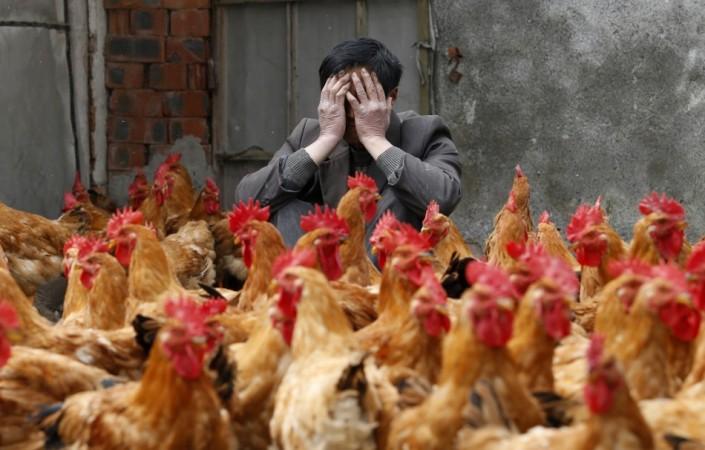
The resurgent bird flu epidemic is threatening the New Year festivities in China, as thousands prepare to return to their hometowns for the spring festival.
In the first week of 2014 itself, the Chinese Health authorities have found 20 new cases of H7N9 bird flu, in the eastern coastal regions. Since March 2013, there has been 150 confirmed bird flu cases reported in China.
According to a report published in Chinese daily Xinhua, the health officials are worried about the fact that the virus is dominantly active during winter and spring. And with thousands of people travelling through mass transports, such as trains, coaches and aircraft, it could create 'favourable circumstances' for the spreading of the disease.
Li Lanjuan of the Chinese Academy of Engineering, a leading bird flu researcher and member of the H7N9 prevention and control group, has reportedly warned that the virus might be spread by migrants returning to their homes (mainly rural) from the eastern regions.
The highlight of Spring Festival this year is that the Chinese Lunar New Year falls on 31 January, which is held as the most important occasion for family reunions. "We are worried about the risk brought by massive numbers of people gathering together in confined spaces," the official was quoted by the Chinese daily.
There is more alarming news as a new study by a Chinese team has found that the new bird flu is highly dynamic and can easily adapt to its environment. The team recently identified a new partial variation in the virus, demonstrating its capacity to adapt to its environment.
"It has increased the risk of human-to-human transmission and brought more difficulty in treatment," the research noted.








